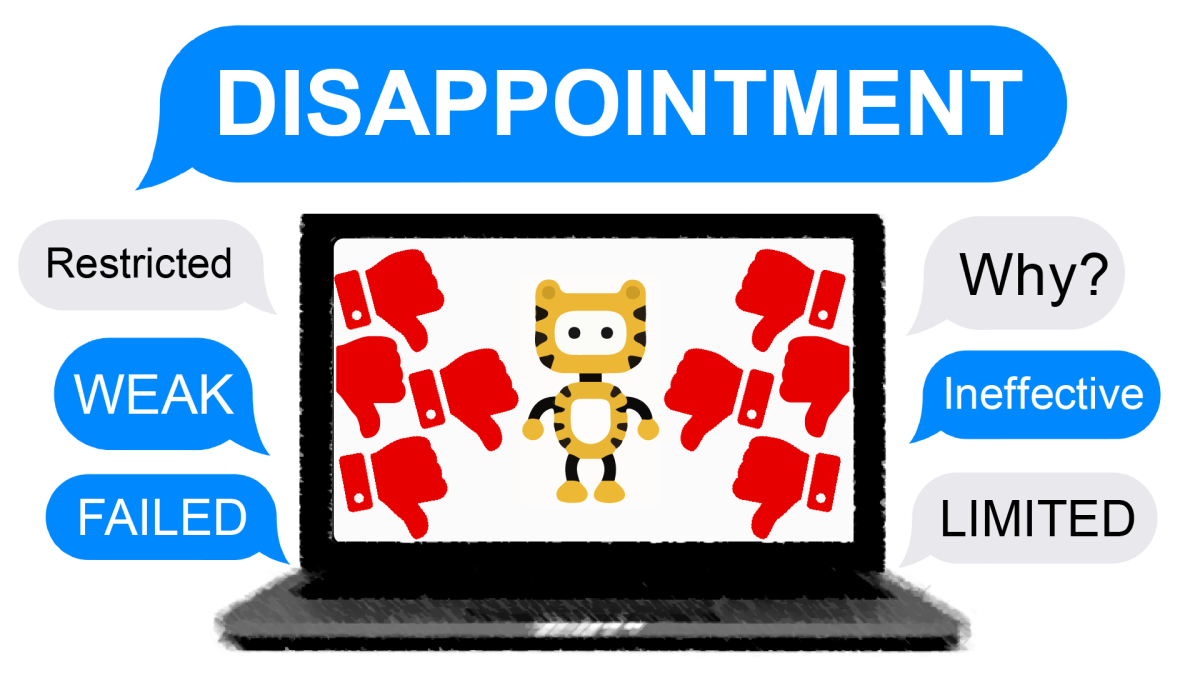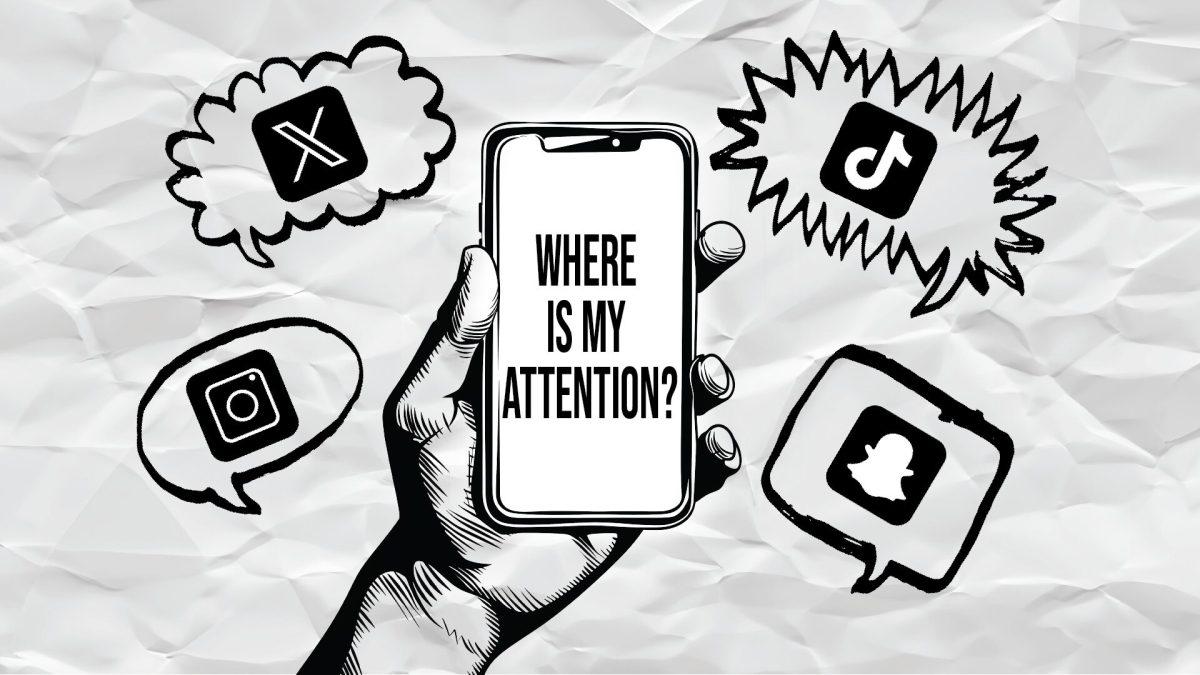_Solomon Davis is a sophomore journalism major at MU. He is an opinions columnist who writes about technology for The Maneater._
Around this time last year, the electronics world was abuzz as tech giant Samsung announced the highly anticipated Galaxy Note 7, a much-needed update to the Galaxy Note 5. The device received glowing reviews from those within the tech space and was without a doubt the phone to beat, until news came of some devices bursting into flames.
By the time September rolled around, reports of battery failures and fires as a result began to surface, and a partial recall was put into effect for devices believed to be affected. Samsung responded by releasing safe models of the devices that had been retested and corrected. But not too long after the partial recall was in effect, more reports surfaced, this time regarding the devices Samsung had deemed safe.
10 days into the month of October, Samsung issued a statement halting sales of the device globally and prompting consumers to return their devices. In the U.S., a second recall was officially announced which even saw the phone being banned by certain airlines and then on all flights by the Federal Aviation Administration. At the time of the worldwide recall, Samsung had sold more than 2.5 million devices, and the recall was expected to cost the company $5.3 billion. Even after the bad press it received last year, Samsung decided to go back to the drawing board, evaluate what went wrong and is determined to bring another Note device to the market.
Samsung will announce the Galaxy Note 8 on Wednesday, which should be a big moment for the company since this will be the first Note device to be launched since the recall. Just like earlier this year at the launch of the Galaxy S8, representatives are not expected to talk much about last year’s fiasco as the company is trying to move on and allow the public to forget. Instead they will try and woo consumers in an effort to control the narrative.The launch of the Note 8 could either make or break the future of the Note line for Samsung.
So far, the rumors hint at a stellar phone. Keeping it in the big phone or “phablet” category, it is expected to be around 6.4 inches while at the same time having a comfortable and compact profile that Samsung’s big-screen phones have come to be known for. The Galaxy Note 8 is rumored to come with an updated S-Pen stylus, Bixby (Samsung’s new voice assistant) and potentially dual rear cameras.
Leading up to the announcement, Samsung released a teaser video that served as an invite for consumers to stream the launch announcement. It is a pretty simple advert that gives the consumer the feeling that the Note 8 will be a big deal. When it comes to technology, phones especially fall into two categories: either a redesign or minor upgrades. With the impending release, Samsung will be selling consumers on a redesign if the phone is compared to the last successful Galaxy Note, the Galaxy Note 5. For consumers looking through the lense of the failed Galaxy Note 7 or the S7 and S7 Edge, the device will aim to attract them. At the same time, though, expectations should be managed because Samsung is unlikely to make a fast departure from the Galaxy S8 that launched in the spring.
One way Samsung could drum up buzz and help market the device as being ‘the next best thing’ was if they managed to place a fingerprint sensor beneath the glass of a phone instead of in the home button. Such a move could free up device space that could be dedicated to other things, such as a larger battery.
Improving the placement of the fingerprint sensor has been in the rumor mill for a while and is at the forefront of most companies’ plans in the near future. It was rumored that Apple was working on the technology to put Touch ID underneath the screen rather than within the home button but has been unable to figure it out, causing delays in the upcoming iPhone announcement some time in September. If Samsung manages to beat Apple to it, it could very well be a key that differentiates the company’s devices launching this fall and give Samsung an edge that would help win over consumers.
Samsung managed to escape the fiasco that was the Note 7 and seemed to rebound rather quickly. If the company plays its cards right, the launch of the Note 8 will serve as a signal that it is back. If Samsung fails, there is a pretty big chance that the Galaxy Note series would find itself in crisis with little chances of recovering. Another fiasco like last year and the blow to the brand could cause consumers to leave the Samsung fold and sales and profits to decline.













